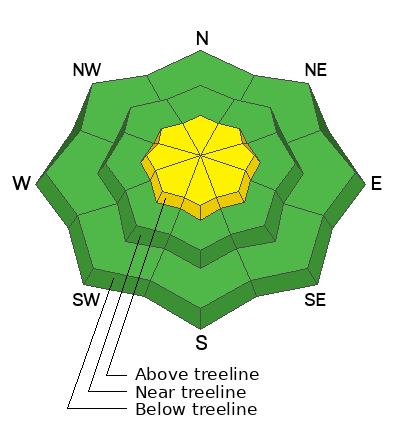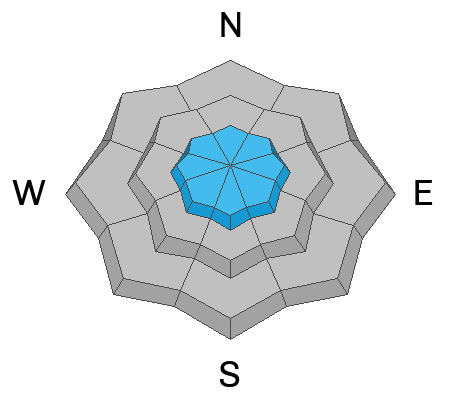Forecast for the Moab Area Mountains

Issued by Eric Trenbeath on
Friday morning, January 5, 2024
Friday morning, January 5, 2024
The avalanche danger is MODERATE on steep, upper elevation slopes around the compass. Human triggered avalanches involving slabs of recently deposited, wind drifted snow are possible. The avalanche danger is generally LOW outside of wind affected terrain.
The current snowpack is very weak. Anticipate dangerous conditions to develop as a series of storms begin to impact our area.
The snowpack is still very shallow and rocks, logs, and stumps remain a hazard right now.

Low
Moderate
Considerable
High
Extreme
Learn how to read the forecast here







